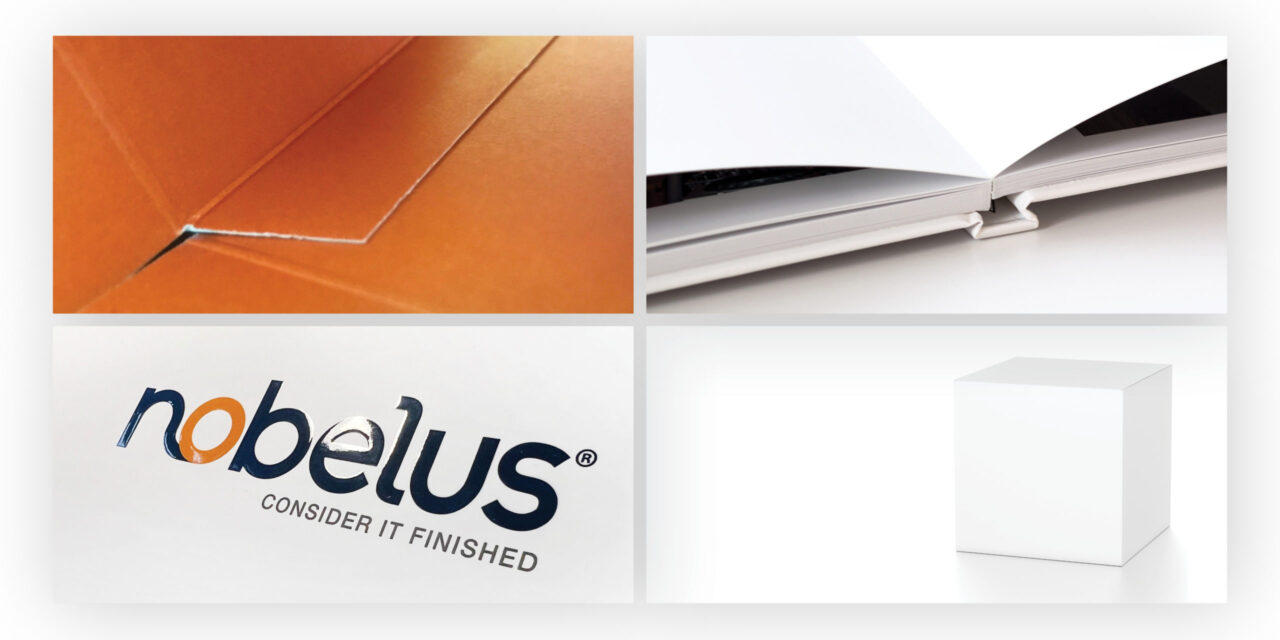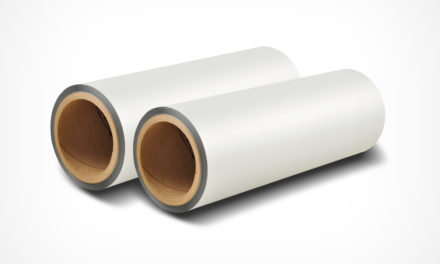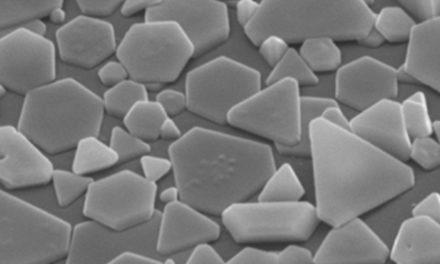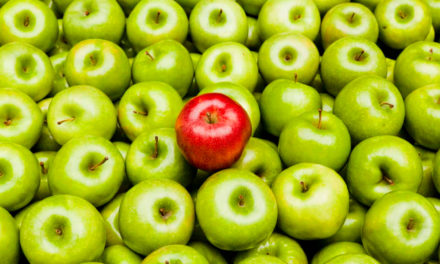WHAT’S IN A NAME
If you’ve spent any amount of time researching which laminates are most suitable for use with folding cartons, you have likely seen products branded specifically as glueable, such as PlatinumPET™ GS Laminate from the Nobelus catalog. While the distinction of glueable may seem simple enough on the surface, it can stir up questions about the compatibility of other laminates with similar processes. Specification materials often claim many other finishes are compatible with gluing, as well, so why would a product like PlatinumPET GS call special attention to that functionality? More importantly, what makes certain laminates suitable for gluing and not others? To answer these questions, we’ll take a look at the science behind laminate finishes and the materials they’re typically combined with.
THE SCIENCE OF GLUING
When a laminate is described as “glueable,” it almost always indicates that the laminate’s surface is compatible with cold glue. Although animal glues and hot melt glues can provide a much stronger bond, water-based cold glues are the standard adhesive for most applications in general commercial print and are especially common for high-volume folding carton and pocket folder production. Printers in these markets find that cold glue enables faster cleanup, facilitates the application process, and does not show through on the finished print, whereas more aggressive adhesives slow down the finishing process due to their higher viscosity and allow less flexibility as a printed piece settles into its intended shape.
Because cold glues are not as strong as some other types, the introduction of a laminate layer can disrupt the natural gluing process depending on a variety of factors. Cold glues cannot properly bond with a surface unless that surface has an appropriately high dyne level, a term that describes the amount of surface tension on substrates and laminates. While the best way to ensure a strong bond is to glue one paper surface to another, allowing both to absorb the glue and adhere through crystallization as the glue dries, laminated surfaces with a high enough dyne level allow the glue to enter the tiny ridges and dips that are responsible for surface tension. Because most laminates with a low dyne level inherently have a smoother surface, they can neither absorb the glue (due to their plastic construction) nor provide it with enough grip to form a strong bond.
Which Laminates Can Be Glued?
In the simplest possible terms, laminates can be divided into two broad groups: gloss and matte. These categories have a significant impact on whether or not any given laminate will be able to reliably accept cold glue.
As most printers will know, gloss laminates are incredibly smooth and sleek, a quality that gives them their glossy, shiny appearance and helps colors pop. Because their dyne levels are so low, gloss laminates are almost invariably incompatible with gluing. Only two gloss laminates in the Nobelus catalog can be classified as truly glueable: PlatinumOPP™ GS Laminate and PlatinumPET GS Laminate. These products are manufactured with a special topcoat that raises their dyne levels above 40 and enables cold glues to adhere properly to their surface. Another exception is PlatinumNYLON Gloss Laminate, which lacks a topcoat but can still accept cold glue due to nylon’s hygroscopic properties.
Matte laminates, while still fairly smooth when felt by fingertips, have an undulating surface that keeps them from being reflective in bright settings. Because of this, most BOPP and nylon matte laminates are inherently glueable. Matte laminates are also typically corona treated during production, a process that intentionally increases the dyne levels of a laminate’s surface to give prints a softer look. Additional coatings, such as a soft-touch or scuff-resistant finish, can also improve a laminate’s receptiveness to cold glues. One exception to this rule is PlatinumPET Matte Laminates, which lack a high enough surface tension to qualify as glueable.
TIPS FOR SUCCESSFUL GLUING
Even laminates that have been rigorously tested and verified to be glueable can benefit from the following techniques to ensure your folding cartons or other prints stick properly.
- Make sure one of the surfaces being glued is paper. As mentioned above, plastic laminates cannot absorb glue the same way paper can, which means paper will always form the strongest bond with any given cold glue. Even a laminate specially designed to accept cold glues will still need to be glued to a paper surface to ensure the finished product can pass crush testing and ISTA standards.
- Avoid laminating the glue flaps. Leaving both glued surfaces as exposed paper will ensure the cold glue forms a strong bond with each. While this can prove a simple and effective solution, it only works in situations where the layout and flap orientation make it feasible.
- Use an accelerator to increase the surface tension of the laminated flap. This grinding tool can be added to a gluer to roughen up a laminated surface before the cold glue is applied, making the flap’s surface more uneven and thereby increasing the odds that the glue will form a strong bond.
- Use hot melt glue. Perhaps the most aggressive solution, hot melt glues will stick to even glossy laminates. However, the final product will likely bear an imprint of the glue on the exposed flaps.
HAVE MORE QUESTIONS?
With so many different laminate materials and finishes available, it can be hard to know which options are most compatible with the finishing processes you need. Our customer care representatives and solutions experts are always available to help you find the thermal laminates that will best fit your unique operation. Give us a call to discuss any questions or concerns you may have or visit our site to fill out a contact form letting us know to give you a call back. We also offer sample rolls so you can verify firsthand that our thermal laminates are compatible with your processes.





